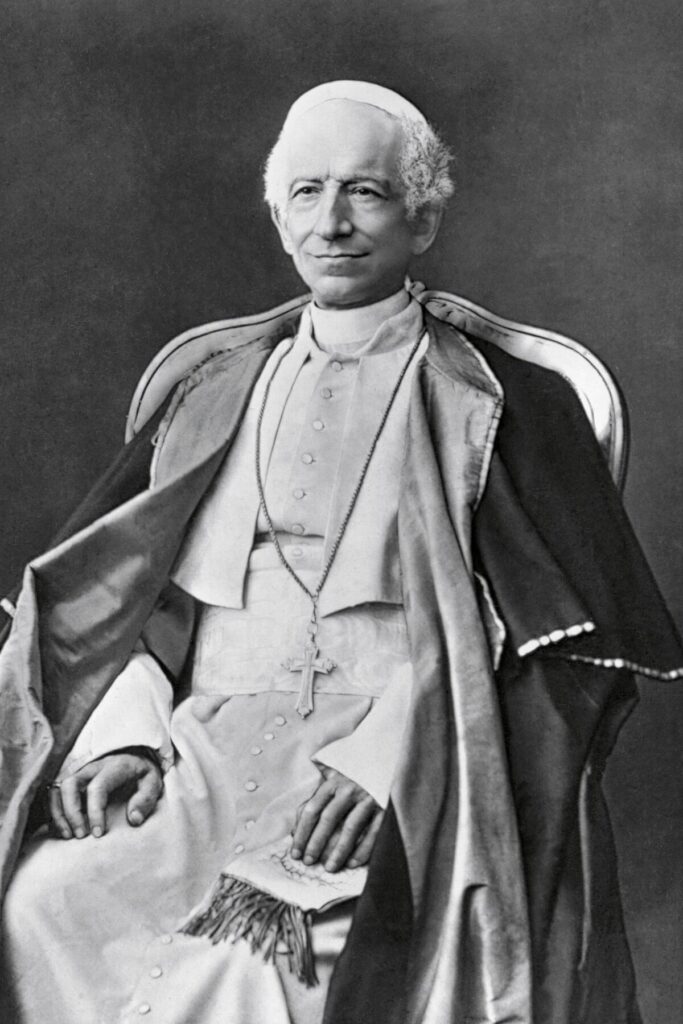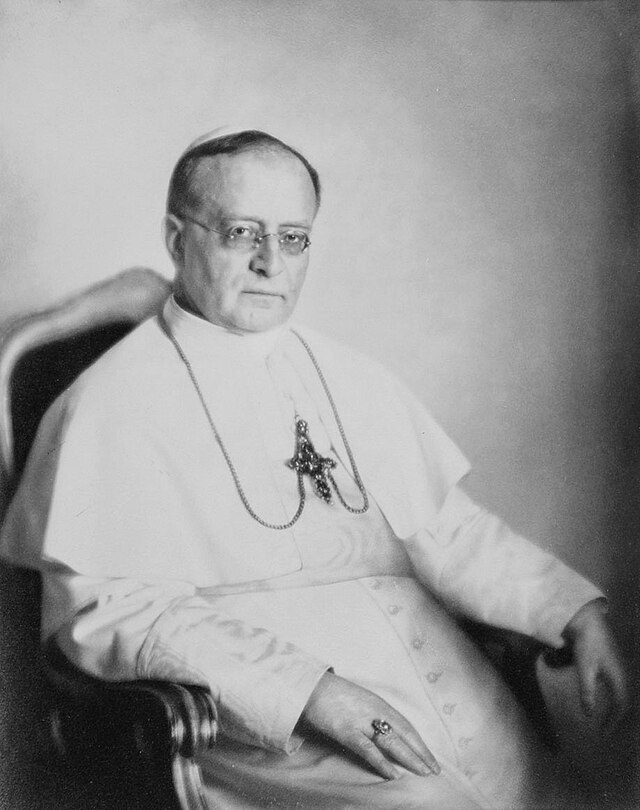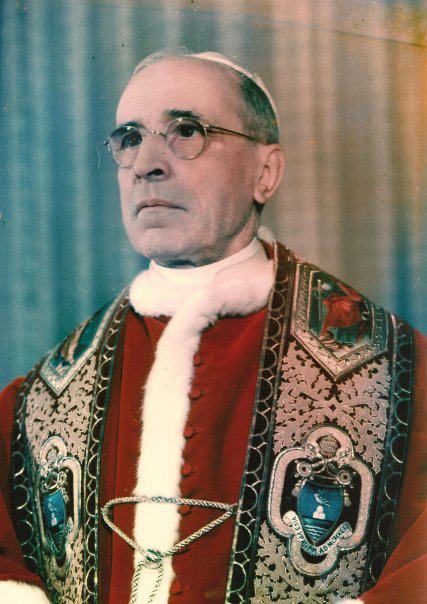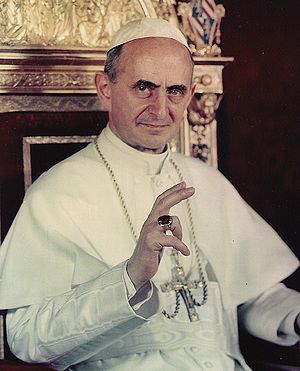Origin of the Jubilee
The concept of Jubilee has its roots in Jewish tradition and was adopted by the Catholic Church. Its origins lie in:
Jewish Tradition: In the Old Testament, the Jubilee was a year of rest, liberation of slaves, and restoration of property every 50 years (Leviticus 25:8-13).

Christian Adoption: Pope Boniface VIII established the first universal Christian Jubilee in 1300, promoting pilgrimage to Rome as a means of conversion and penance.
Evangelical Foundation: The Church sees the Jubilee as a manifestation of the “grace of the Lord” announced by Jesus in Luke 4:18-19.
Since then, Jubilees have been occasions for indulgences, pilgrimages, and spiritual renewal.
Jubilee of 1900 (Pope Leo XIII)
Pope Leo XIII proclaimed the Jubilee of 1900 with the papal bull Properante ad Exitum Saeculo in May 1899. His motivations were:
- To mark the beginning of the new century and commemorate the 1,900th anniversary of the birth of Christ.
- To strengthen the image of the papacy after the loss of temporal power with the unification of Italy.
- To promote reconciliation between the Church and the Italian State.
- To strengthen the Catholic faith by encouraging pilgrimages to Rome.
- To give a restorative meaning to the end of the 19th century and to spiritually prepare for the 20th century.
It was a special Jubilee, as the Holy Door of St. Peter’s Basilica was reopened after 75 years.


Jubilee of 1925 (Pope Pius XI)
Pope Pius XI convened this Jubilee under the motto Pax Christi in Regno Christi (The Peace of Christ in the Kingdom of Christ). Its highlights were:
- Institution of the Feast of Christ the King (1925), to reaffirm Christ’s sovereignty over the world.
- Promotion of the lay apostolate and Catholic Action.
- Promotion of missions and charitable works.
- Post-World War I reconciliation, seeking to restore Christian values in society.
This Jubilee was significant in the modern history of the Church, as it focused on the restoration of Christianity in public life.
Jubilee of 1950 (Pope Pius XII)
Convoked by Pope Pius XII, the Jubilee of 1950 took place in a post-war context, with the desire to renew faith and promote world peace. Its milestones include:
- Dogmatic definition of the Assumption of the Virgin Mary (1950).
- Affirmation of the sanctity of marriage and the family in times of moral crisis.
- Promotion of charity and reconstruction after World War II.
- Greater participation of the faithful in the liturgy.
This Holy Year was marked by a massive influx of pilgrims to Rome and profound reflection on the role of the Church in the modern world.


Jubilee of 1975 (Pope Paul VI)
Pope Paul VI convened the Jubilee of 1975 with the theme “Renewal and Reconciliation,” in the spirit of the Second Vatican Council. Its main aspects were:
- Application of the Second Vatican Council, promoting the participation of lay people in the Church.
- Emphasis on social justice and evangelization, responding to the challenges of the contemporary world.
- Emphasis on ecumenism and interreligious dialogue.
- Invitation to personal and communal conversion.
This Jubilee reflected the epochal change within the Church and the renewal promoted by the Second Vatican Council.
Conclusion
The Jubilees of 1900, 1925, 1950, and 1975 marked key moments in the history of the Church, reflecting the spiritual and social needs of each era. From the reaffirmation of the papacy in 1900, through the consolidation of Christ the King in 1925, the post-war hope of 1950, and the conciliar renewal of 1975, these Holy Years have been milestones of faith, reconciliation, and Christian renewal.
Reflection
- How can the practice of the Jubilee help us renew our faith today?
- What aspects of these Jubilees can inspire us in our Christian lives today?
- How can we apply the principles of reconciliation and renewal in our own context?




